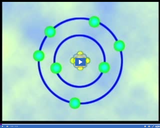
A nitrogen atom gains electrons, resulting in a negative charge.
- Subject:
- Science
- Provider:
- Utah Education Network
- Author:
- Visual Learning Company
- Date Added:
- 02/28/2010

A nitrogen atom gains electrons, resulting in a negative charge.
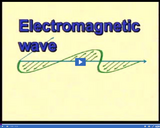
Electromagnetic waves are produced by alternating electric and magnetic fields.
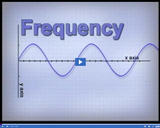
Frequency is the number of wavelengths that pass a point each second.
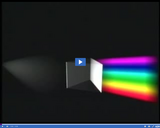
Visible light passing through a glass prism separates into different component colors.

An electron gives off electromagnetic energy in the form of light energy as the electron moves to a lower energy level. The packet of energy released is referred to as a photon.

Near the center of the electromagnetic spectrum is visible light, which is light we can see. It consists of the colors red, orange, yellow, green, blue, indigo, and violet.
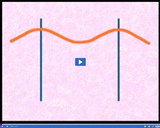
Wavelength is the distance between the point on one wave and the same point on the next wave. The wavelength of the orange wave is longer than the wavelength of the green wave.
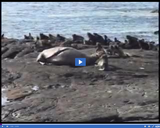
Animals engage in a variety of behaviors throughout their lives. This program explores animal behavior and gives special attention to specific types of behaviors, such as obtaining food, avoiding predators, and finding a mate.
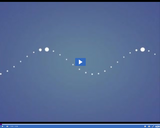
In this diagram of a transverse wave, the high points are called crests and the low points are called troughs.

In a longitudinal wave, the particles of the medium vibrate back and forth, parallel to the direction the wave is moving.
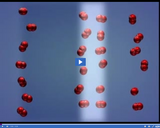
When a sound wave moves from left to right, air particles collide with nearby air particles and form an area of compression. The first sent of air particles move to the left while the second set vibrates and moves to the right.
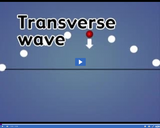
In a transverse wave, particles move across, or perpendicular to the direction the wave is traveling.
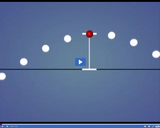
Amplitude indicates how much energy a wave has. It is determined by measuring the distance between a wave's resting point and its trough or crest.

The spinning of Earth causes wind to bend to the right in the northern hemisphere and to the left in the southern hemisphere. The curving of wind directions is called the Coriolis effect.

With a land breeze, wind moves from the land to the ocean because warm air over water rises and is replaced by cooler air from the land.
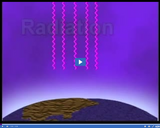
Heat is distributed via radiation, which is the transfer of energy waves.

With a sea breeze, wind moves from the ocean to the land because cooler ocean air replaces warm air over the land, which rises.
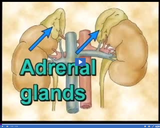
The adrenal glands, located near the kidneys, produce a hormone called adrenaline, which increases heart rate and causes a person to breathe faster, often in response to fear.
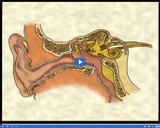
The auditory nerve is a nerve in the ear that carries nerve impulses to the brain, where they are interpreted.
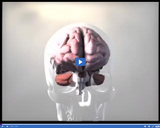
The cerebrum is the part of the brain responsible for storing information and controlling voluntary muscles.